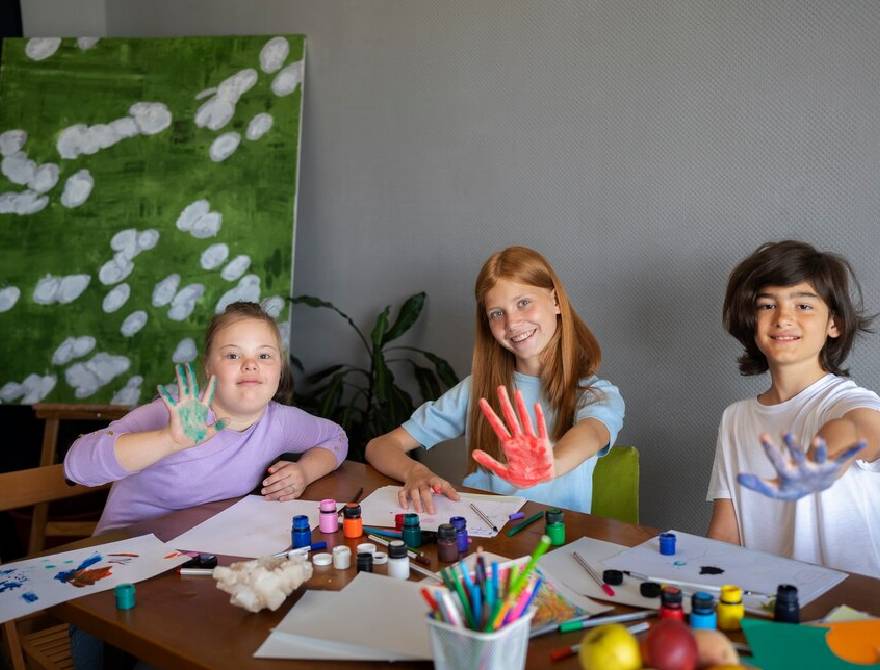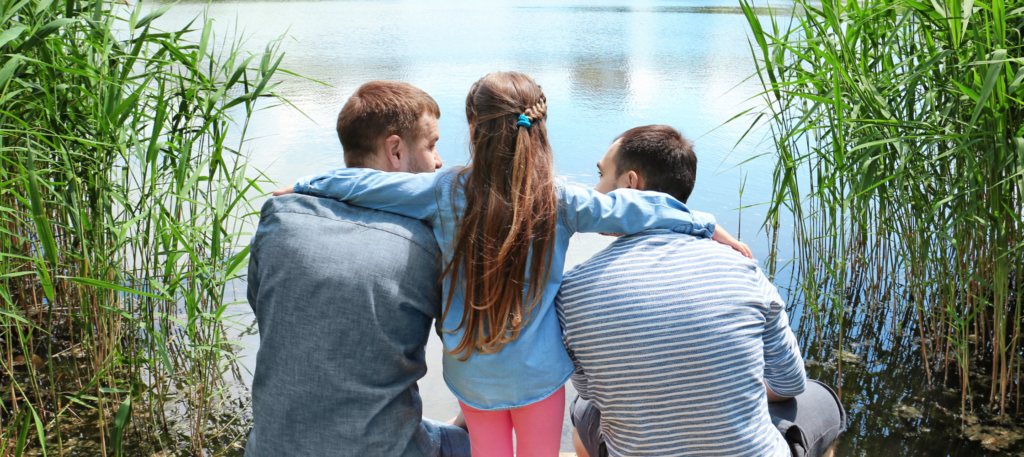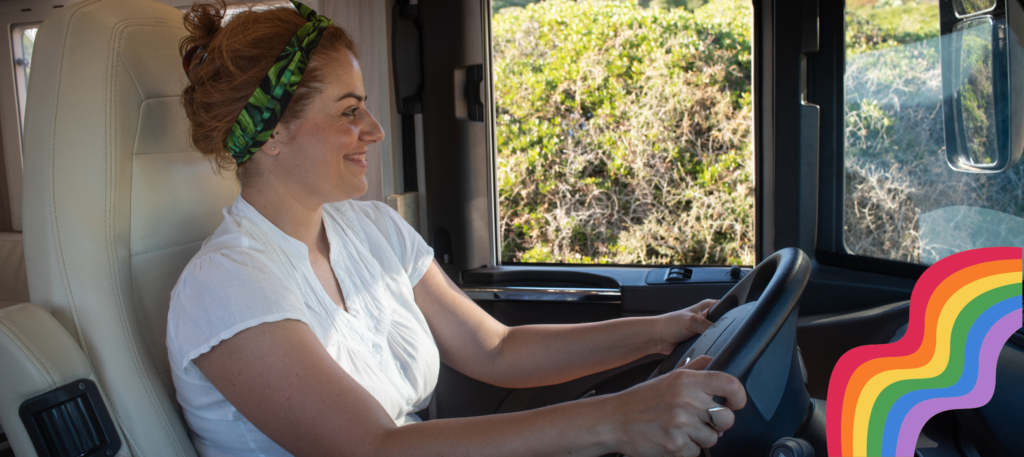Creating Safe and Inclusive Learning Environments: A Step-by-Step Guide for Schools

Diversity, Equity, and Inclusion have become buzzwords, with organisations globally investing billions in training programs. However, the efficacy of these initiatives often falls short. The problem, as argued, lies in the biassed and stereotypical nature of training, lacking diversity and inclusivity. To truly understand the failure of diversity training and foster change, a broader examination of education is essential.
The pragmatic approach to tackle these challenges is by transforming diversity training by diversifying content, localising it to different contexts, and incorporating storytelling. Experiential learning should take centre stage, encouraging uncomfortable but necessary conversations around key issues related to all kinds of diversity in the classroom.
The importance of psychological safety is key and emphasises the need to create safe spaces where students can openly ask questions and learn from each other.
In the pursuit of fostering safe and inclusive learning environments, educators play a crucial role in shaping the experiences of their students. The journey toward creating such spaces involves reflection, understanding biases and privileges, and implementing strategies for equity, accessibility, and inclusion. In this blog post, we’ll delve into the key steps discussed in a session on “Creating Safe and Inclusive Learning Environments,” led by an inclusive building expert in the field.
Step 1: Rethinking Safety and Inclusion
Framing the goal as creating a “safer” environment rather than an entirely “safe” or “fully inclusive” one will make a big impact on how it gets implemented. Acknowledging that comfort levels vary among individuals and that some discomfort might be necessary for growth, the session sets the tone for realistic expectations.
Step 2: Reflecting on Values, Biases, and Privileges
To lay the foundation for an inclusive environment, we need to provide opportunities for both students and educators to reflect on their values, biases, and privileges. This self-reflection process can help individuals become more aware of their social location and contribute to a deeper understanding of others.

Step 3: Evaluating Learning Environments
Educators should evaluate the equity, accessibility, and inclusiveness of the learning environments they create. This step involves introspection into how instructional methods, materials, and classroom dynamics may impact different groups of students.
Step 4: Strategies for Equitable Learning Environments
The heart of this process lies in exploring practical strategies to ensure the learning environment is as equitable, accessible, and inclusive as possible. Some key strategies may include:
a. Acknowledging and Addressing Bias
b. Promoting Reflection Among Students
c. Prioritising Equity, Accessibility, and Inclusion
d. Encouraging Uncomfortable Conversations
Recognising the value of discomfort in certain conversations, educators are urged to create a space where students can engage in discussions that challenge their perspectives, fostering growth and empathy.
Step 5: Examining Personal Privilege
Educators and school staff should start by examining their own privilege, as doing so sets an example for students. A video featuring Dr. Michael Kimmel, a sociologist, is recommended as a resource for educators to use with their students, initiating conversations around privilege and social location.






